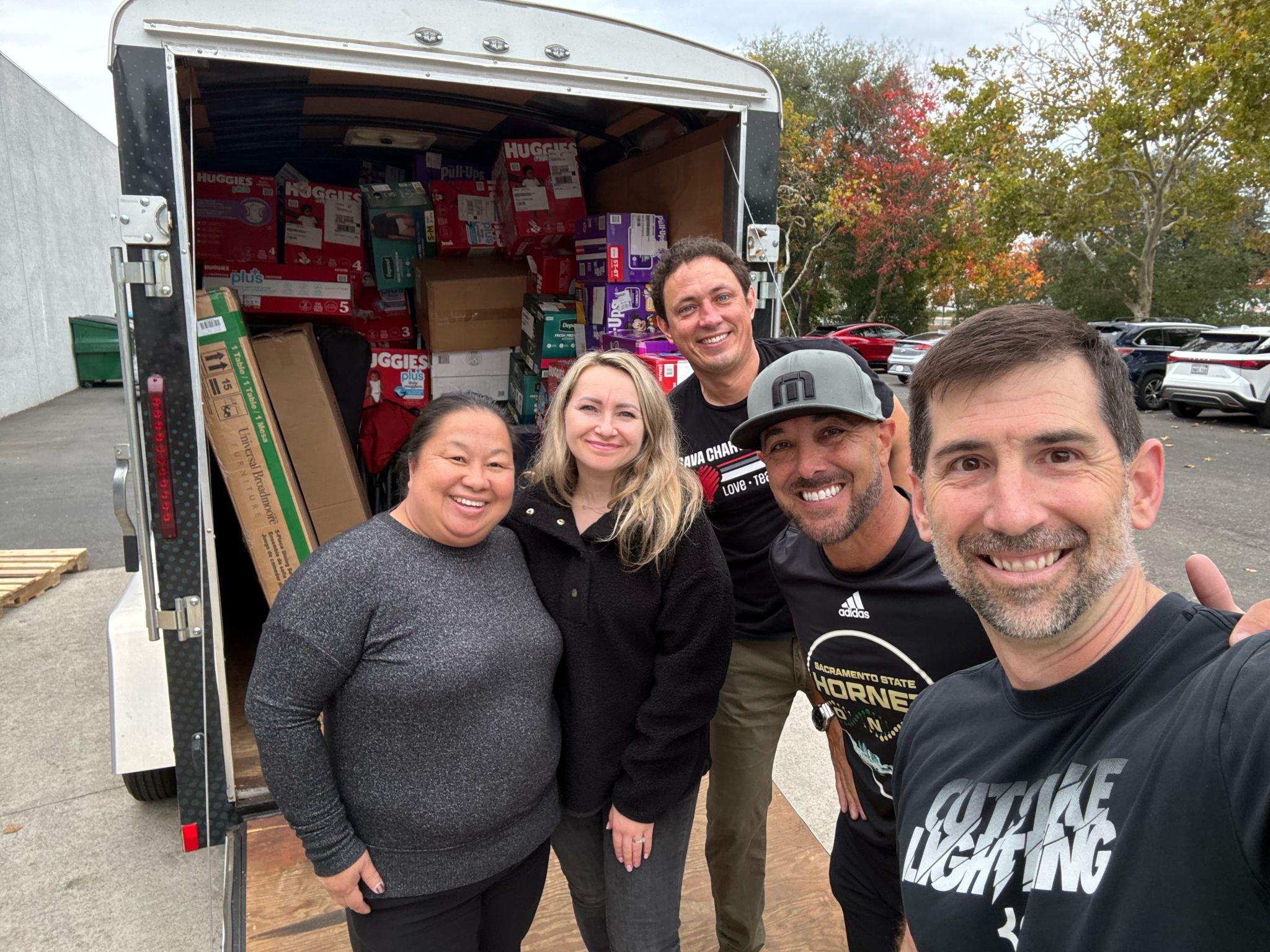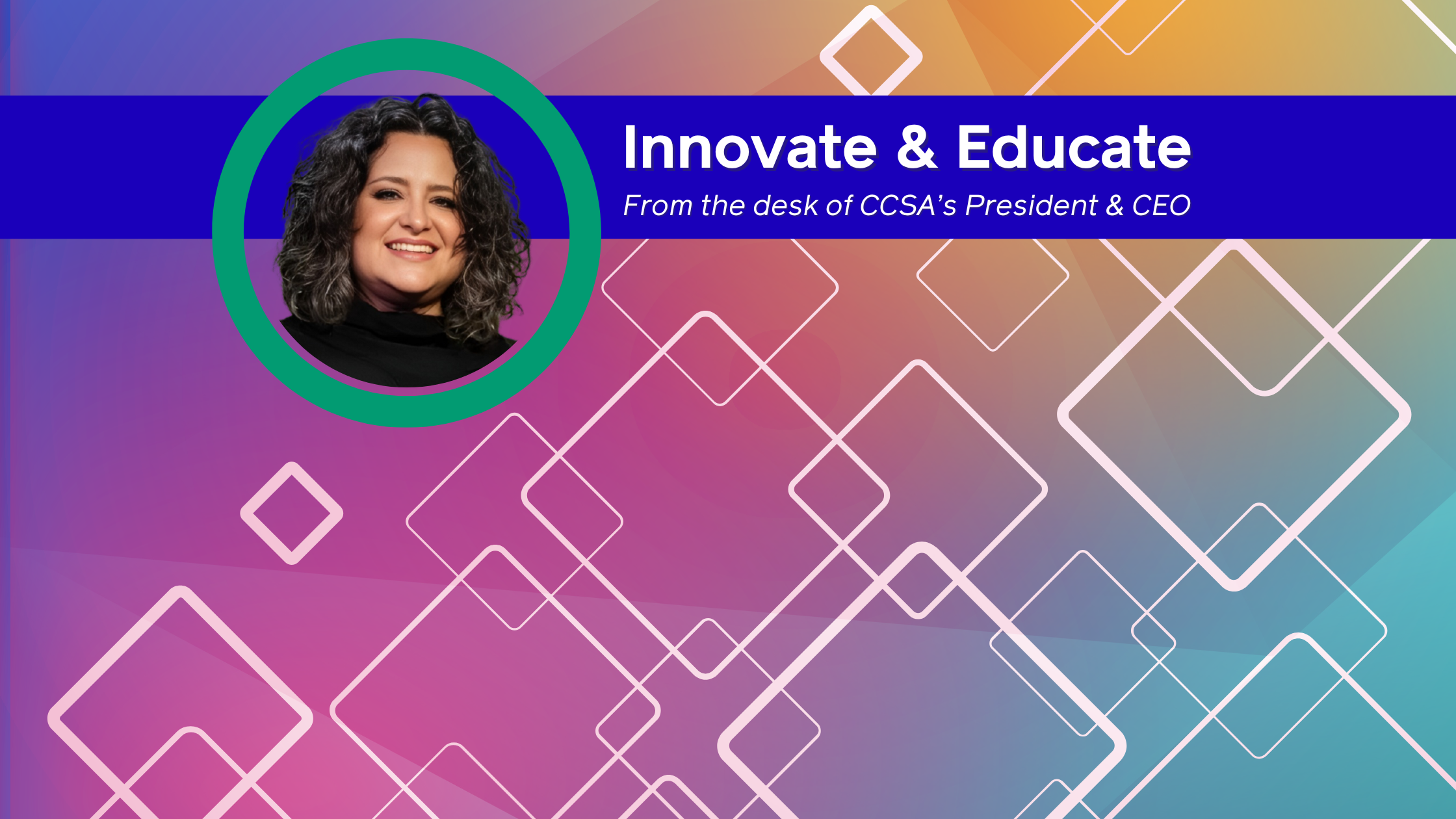Star and light displays take center stage during the holiday season – whether it’s hanging twinkling lights on rooftops or searching for the Christmas star at the center of religious stories.
But children who attend the Norton Science and Language Academy (NSLA), a charter school in the Inland Empire, look up at the sky and see the stars through a different lens: The lens of exploration.
That’s because they’ve been part of a cutting-edge program in which they Search for Extra Terrestrial Intelligence offered by the Lewis Center for Educational Research.
The non-profit organization founded Norton Science and Language Academy and connects students and teachers to NASA scientists so they can work on real-world, STEAM projects together.
For a school where over 70 percent of the students are eligible for free or reduced-price lunch, access to these professionals – most of whom work at NASA’s Jet Propulsion Laboratory – can make a big difference in their future career choices.
“All of our NASA scientists talk to our kids,” says Lisa Lamb, the center’s executive director. “They come in, meet with them, they’re in the school. Right now, they’re Zooming in … and they talk to [students] about the work they’re doing.”
When it comes to searching for extraterrestrial life, teachers and students have access to an educational tool not available to most science classes – the Golden Apple Valley Radio Telescope or GAVRT.
GAVRT is special antenna that scans the sky to detect radio waves from space objects. Scientists, teachers and students sift through enormous amounts of data, looking for signs that someone is trying to talk with human beings.
“Teachers talk about the need for engagement and for getting students to pay attention to what they are doing in class,” says Dr. Steve Levin, an astrophysicist and GAVRT Lead Scientist. “If I walk into your classroom and say, ‘Today we’re going to look for life in outer space, I’ve got 100% engagement.'"
Tune In: Lewis Center for Educational Research executive Lisa Lamb tells us how students at Norton Science and Learning Academy experience the GAVRT Program. Image source: LCED.
Through the GAVRT program, NSLA educators learn how to control the telescope and how to conduct research according to national science standards.
For an example of how teachers and scientists incorporate GAVRT into a lesson plan, click here.
GAVRT is also used in other real-life missions engaging students and teachers at NSLA, including Jupiter Quest which gives them the opportunity to supply ground-based radio observations to scientists overseeing NASA’s Juno, the spacecraft orbiting Jupiter since 2011.
Teachers and students also utilize GAVRT to collaborate with scientists in monitoring black hole emissions that complement NASA’s Fermi Mission.
While NSLA has the privilege to be part of the Lewis Center for Educational Research network, over 600 teachers in 14 countries have received the GAVRT program training, giving NSLA the chance to partner with schools around the globe.
One of the most successful partnerships has been the exchange program with Colegio Concepción, a school in Chile. Both schools have hosted students from their respective countries as part of the dual-Immersion program, promoting both science and cultural learning.

Learn more about the International Exchange and Dual Language programs.
While travel is currently on hold, NSLA has recently applied to three National Science Foundation grants designed to continue cultural and scientific immersion for students.
Ultimately, educators and scientists say the goal is for students to be inspired and by doing real science – both independently and with others.
Note: NSLA is opening a new campus in San Bernardino City and is currently accepting applications until December 16. Families that live or work in the Inland Empire and have students who will be in TK-9 grades next fall are encouraged to apply.


-1.png)